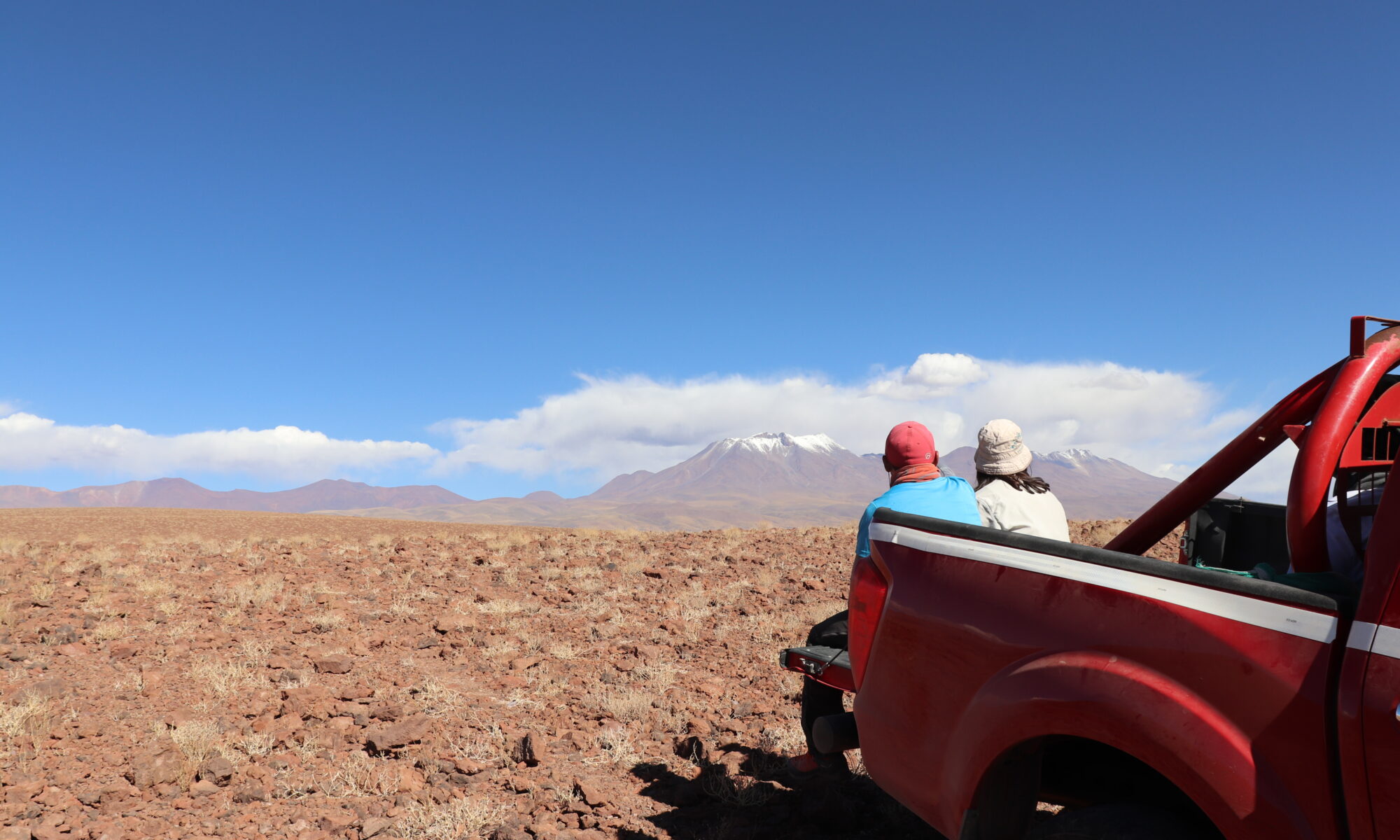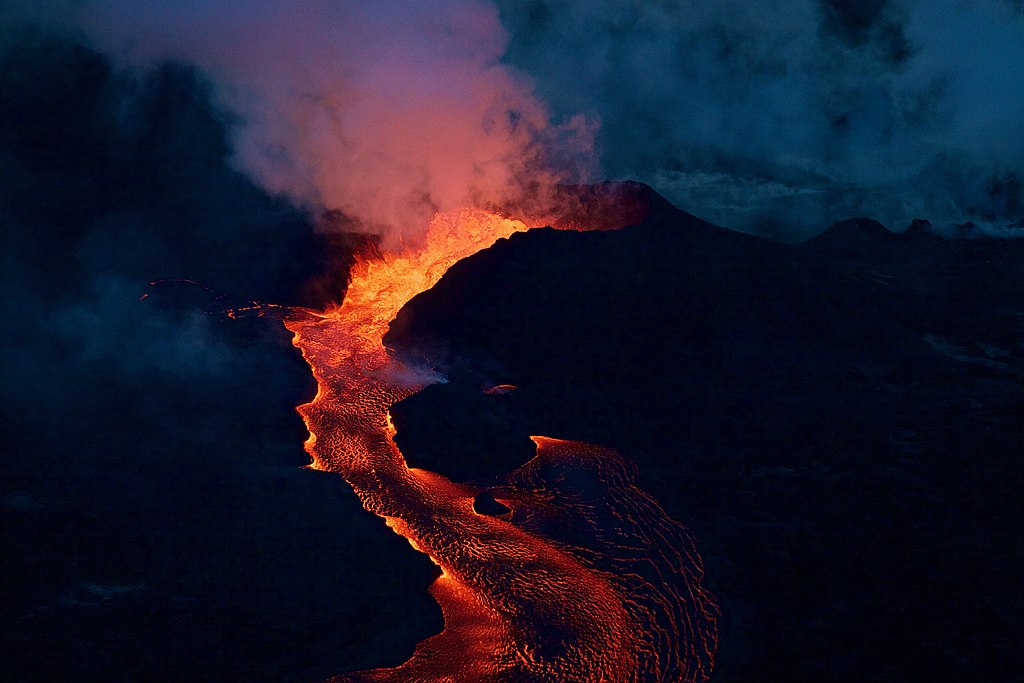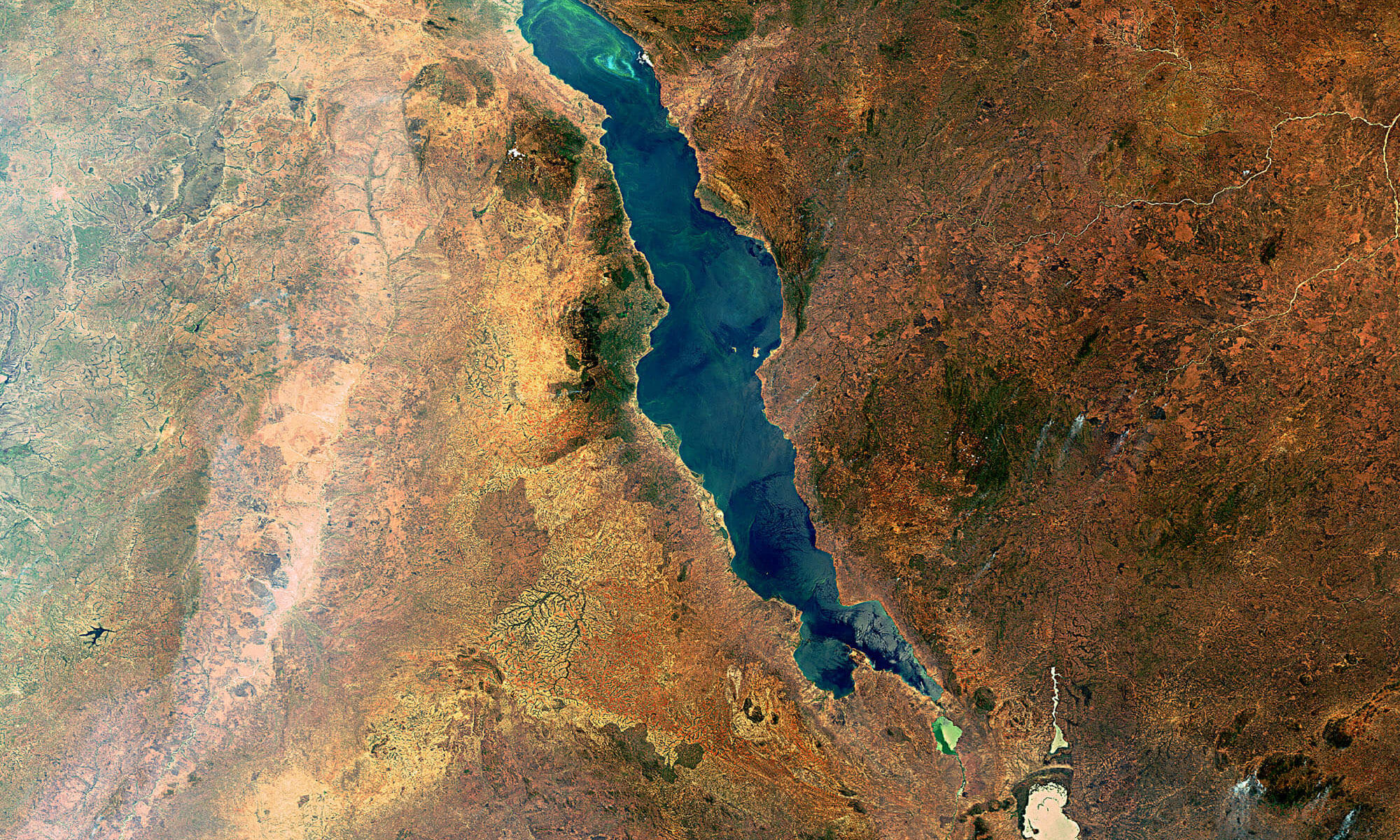La comprensión del comportamiento del magma puede predecir erupciones y revelar paisajes históricos
Por: Ellen Beshuk
Algunas veces el magma fluye en calma; otras veces, explota. La candidata a Ph.D. Ivana Torres-Ewert trata de entender por qué con su máquina de hacer magma en la Universidad de Missouri-Kansas City (UMKC). Sus descubrimientos podrían ayudar a la comunidad a saber a dónde ir cuando un volcán explota y proporcionar un soporte para otras investigaciones sobre volcanes.
Continue reading “Revelando los misterios del magma”






